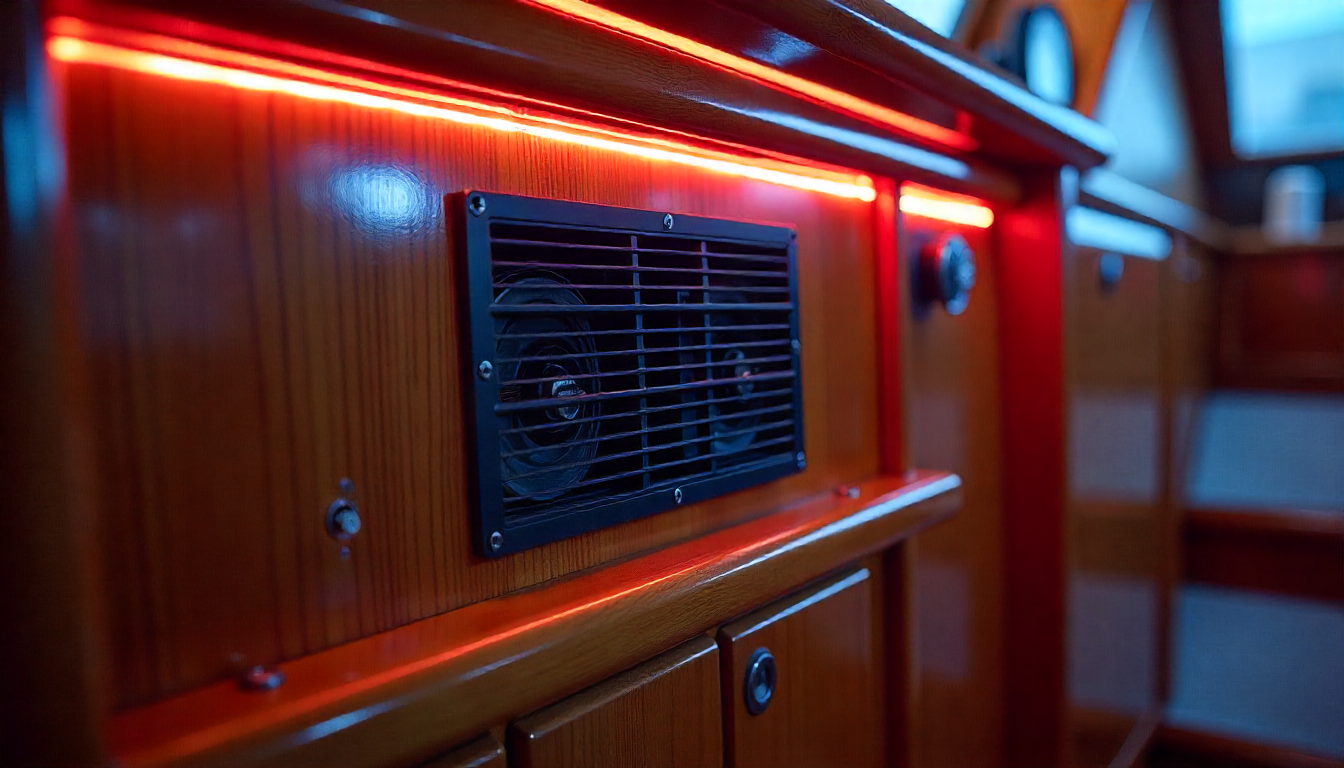Safe and efficient boating requires more than just navigation skills. One of the most overlooked but crucial elements of maritime safety is inboard gasoline boat ventilation. Without a proper ventilation system, the buildup of fumes and lack of fresh air can endanger passengers and compromise performance. Understanding how to optimize ventilation ensures both safety and efficiency while protecting equipment over the long term.
Why Inboard Gasoline Boat Ventilation Matters
Inboard gasoline boat ventilation is not only a regulatory requirement but also a fundamental practice for safe operation. When fuel vapors accumulate in enclosed spaces, they pose the potential for dangerous conditions, including fire or explosion. Properly designed ducts, airflow, and exhaust mechanisms reduce these risks significantly.
Additionally, the ventilation system helps the engine operate more effectively by ensuring it receives adequate fresh air for combustion. A well-maintained system improves fuel efficiency, reduces emissions, and prolongs the lifespan of mechanical components.
The Science of Boat Ventilation
Effective boat ventilation is about controlling airflow. Vapors from gasoline are heavier than air and tend to settle in lower compartments. Ducts and exhaust outlets are designed to capture and expel these fumes while drawing in fresh air to balance the atmosphere.
Ventilation systems typically include:
- Intake ducts – positioned to draw in cooler, fresh air.
- Exhaust ducts – designed to release heavier vapors overboard.
- Blowers – fans that help run the system, especially before starting the engine.
Running blowers for four minutes before starting the engine ensures trapped vapors are cleared. This single action prevents a potential dangerous explosion and is considered one of the most important safety steps in boating.
Components of a Proper Ventilation System
Ducts and Airflow Management
Ducts are critical in moving vapors out of enclosed spaces. A balance between intake and exhaust ducts ensures complete circulation. Some ventilation systems also include advanced airflow sensors to monitor performance.
Blowers and Electrical Systems
Using blowers correctly is essential. They should run before the engine is turned on and whenever fuel vapors might accumulate. Electrical connections must be maintained to prevent sparks in areas where gasoline fumes could collect.
Routine Inspections
We recommend inspecting the ventilation system regularly for blockages, wear, or corrosion. Even small cracks in ducts can let fumes leak into areas that are not ventilated, increasing risks.
Safety Tips for Inboard Gasoline Boat Ventilation
Before Starting the Engine
Always let blowers run for several minutes before starting the engine. This step ensures gasoline fumes are expelled. Never assume fumes are gone without proper ventilation.
While Underway
Keep ventilation running continuously when the engine is on. A functioning ventilation system not only protects passengers but also helps maintain efficient performance.
Docking and Refueling
During refueling, all systems should be off, and hatches should be open to allow maximum airflow. Afterward, run the ventilation system to clear fumes before starting the engine again.
Efficiency and Performance Benefits
Inboard gasoline boat ventilation does more than protect from fire hazards. A strong ventilation system ensures the engine receives consistent air supply, improving fuel burn and lowering maintenance costs.
Efficient ventilation systems help boats maintain power and reduce unnecessary fuel consumption. By clearing out hot exhaust air, they also protect sensitive electrical and mechanical components from overheating.
Best Practices for Ventilation Maintenance
1. Inspect Ducts Regularly
Cracked or collapsed ducts restrict airflow. Replace worn ducts immediately to ensure maximum efficiency.
2. Clean Blowers and Intakes
Debris can block intake ducts, reducing system performance. Routine cleaning improves airflow and helps prevent overheating.
3. Monitor System Performance
Listen for unusual noises, reduced airflow, or signs of overheating. A weak ventilation system could signal clogged ducts or failing blowers.
4. Replace Old Equipment
Older ventilation systems may not meet modern standards. Upgrading components can improve safety and reduce long-term maintenance.
The Role of Fresh Air in Safe Boating
Fresh air circulation is essential for both passengers and machinery. A ventilation system that fails to provide adequate airflow can lead to health risks such as dizziness or nausea from fuel vapor exposure. It also reduces efficiency in combustion, lowering the engine’s performance.
Common Mistakes in Boat Ventilation
- Not using blowers consistently – running them only occasionally rather than before every trip.
- Ignoring inspections – small issues with ducts can lead to major safety hazards.
- Overloading compartments – storing gear near ventilation outlets restricts airflow.
Case Examples: Lessons from Incidents
Several accident reports highlight the consequences of neglecting ventilation. In some cases, boats exploded when engines were started without clearing fuel vapors. In others, poor airflow caused overheating, damaging engines and leading to costly repairs.
These incidents underline why inboard gasoline boat ventilation must remain a priority for every operator.
Looking Ahead: Advances in Ventilation Systems
Modern boats are equipped with more efficient ventilation systems that use smart sensors to regulate airflow. Some systems automatically adjust blowers based on vapor detection, providing an additional layer of safety.
Future innovations may include integrated alarms, remote monitoring, and automated shutdowns if unsafe vapor levels are detected. Such advancements will further reduce risks while improving efficiency.
Conclusion
Inboard gasoline boat ventilation is a non-negotiable aspect of boating safety and efficiency. Whether through proper duct maintenance, consistent use of blowers, or adopting modern ventilation systems, every operator has a responsibility to maintain airflow and prevent hazardous conditions.
Good ventilation protects lives, enhances performance, and ensures that boating remains a safe and enjoyable activity for everyone on board.


